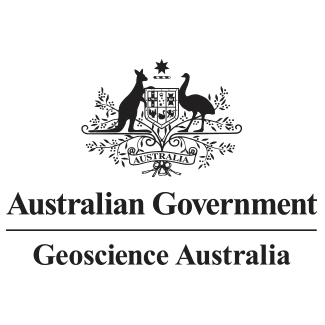Full description
Normalised Difference Vegetation Index (NDVI) was used to map vegetation with potential access to groundwater in the basalt provinces in the Upper Burdekin. NDVI is widely used to infer vegetation density and/or vigour. Several studies (e.g. Barron et al., 2014; Gou et al., 2015; Lv et al., 2013) have used NDVI to identify groundwater-dependent vegetation (GDV) based on the hypothesis that during dry seasons or extended dry periods, soil moisture progressively becomes depleted. Under these conditions, GDV are expected to exhibit minimal or no reduction in condition relative to vegetation subject to the same conditions that do not have access to groundwater.References:
Barron OV, Emelyanova I, Van Niel TG, Pollock D and Hodgson G (2014) Mapping groundwater-dependent ecosystems using remote sensing measures of vegetation and moisture dynamics. Hydrological processes 28(2), 372-385. Doi: 10.1002/hyp.9609; Gou S, Gonzales S and Miller GR (2015) Mapping Potential Groundwater-Dependent Ecosystems for Sustainable Management. Ground Water 53(1), 99-110. Doi: 10.1111/gwat.12169; Lv J, Wang X-S, Zhou Y, Qian K, Wan L, Eamus D and Tao Z (2013) Groundwater-dependent distribution of vegetation in Hailiutu River catchment, a semi-arid region in China. Ecohydrology 6(1), 142-149. Doi: 10.1002/eco.1254.
Lineage
Maintenance and Update Frequency: asNeededNotes
PurposeThe NDVI classification reveals additional information about the spatial variation in vegetation vigour and/or density within the major vegetation groups. Vegetation with higher NDVI values during the dry season and also minimal decline in NDVI from the wet season to the dry season are interpreted as having access to reliable water sources such as groundwater.
Issued: 24 06 2020
Data time period: 1987-10-01 to 2018-12-31
text: westlimit=143.50; southlimit=-20.30; eastlimit=146.30; northlimit=-17.70
User Contributed Tags
Login to tag this record with meaningful keywords to make it easier to discover
Download the data (tif) [23.6 MB]
uri :
https://d28rz98at9flks.cloudfront.net/135655/135655_00_0.zip![]()
Upper Burdekin Groundwater Raster Products WMS
Upper Burdekin Groundwater Raster Products WMTS
uri :
https://services.ga.gov.au/gis/groundwater-grids/ub-gw-rasters/gwc/service/wmts![]()
Upper Burdekin Groundwater Raster Products WCS
Exploring for the Future – Hydrogeological summary of the McBride and Nulla basalt provinces, North Queensland
local : 135648
Upper Burdekin Groundwater Raster Products WMS
local : 140099
Upper Burdekin Groundwater Raster Products WMTS
local : 140100
Upper Burdekin Groundwater Raster Products WCS
local : 140101
- global : 39194190-2bf6-4e25-b75f-994ed879b246
- Local : pid.geoscience.gov.au/dataset/ga/135655
- DOI : 10.26186/135655



